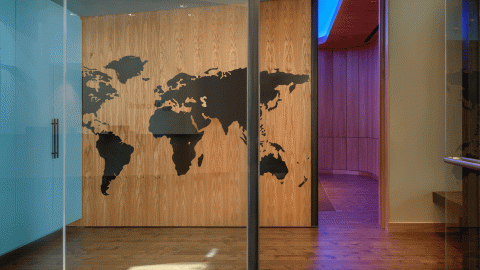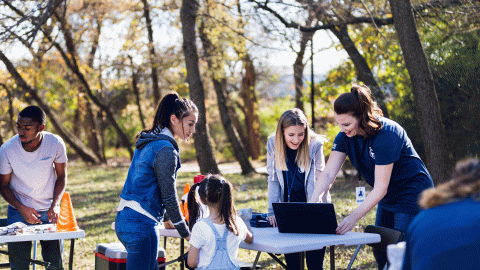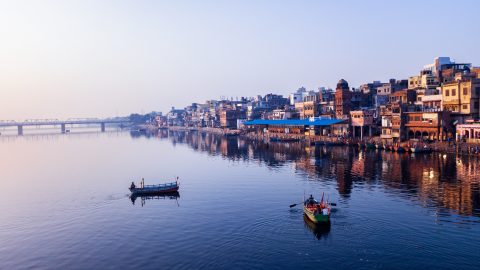
Airband: The initiative to bring the internet to everyone
Think about your day — did you join friends or coworkers on a video conference call, check social media or pay a bill online? Each activity has one requirement in common: reliable, high-speed internet access. And since millions across the world are sheltering at home due to the COVID-19 pandemic, it’s more necessary than ever.
Chances are, if you are reading this article, you didn’t have to walk to the post office to pay that bill or park behind a Wi-Fi-enabled business to finish your classwork. Just as electricity became a modern necessity in the 1930s, high-speed internet (also known as broadband) is a necessity today. However, nearly half of the planet’s population currently lacks any form of internet connection, and millions in the United States lack access to reliable, high-speed internet at home, particularly those living in rural areas.
This growing digital divide is driving economic and social inequity. In the US, students without broadband are falling behind in school, and counties with the highest unemployment rates also have the lowest broadband access and usage. It’s a critically important problem that Microsoft is working to solve.
[READ MORE: The rural broadband divide: An urgent national problem that we can solve]
What is the Airband Initiative?
Microsoft’s Airband Initiative aims to close the digital divide and bring high-speed internet connectivity to unconnected communities around the world. It officially launched in 2017 with the goal of bringing broadband connectivity to 2 million people in the U.S. by July 2022. After early success, that goal grew to 3 million people in the U.S. — and an additional 40 million across the globe — by the same deadline.
The complicated scope of the problem
The issues behind a lack of internet access vary by community and location. The challenges are diverse and so are the solutions.
In rural communities, fast, reliable internet is largely unavailable, but it’s hard to know the full extent of the problem. The Federal Communications Commission (FCC) reports that more than 18 million people in the U.S. don’t have access to broadband, and the majority of them live in rural communities. However, there is strong evidence that the number is much higher. A study by BroadbandNow shows the number of unserved people is nearly double the FCC’s number, with more than 42 million Americans lacking access. Moreover, Pew Research found that one in four Americans don’t use broadband at home. And Microsoft’s analysis shows about 157.3 million people in the U.S. do not use the internet at broadband speeds. Accurate maps are a critical step in expanding broadband access.
[READ MORE: It’s time for a new approach for mapping broadband data to better serve Americans]
What has the Airband Initiative achieved so far?
In the U.S., the Airband Initiative has ongoing projects in 25 states and territories, with pilots in additional states, and has expanded broadband access to 1.5 million people in rural, previously unserved areas. The program has also expanded broadband access to more than 14 million people in rural areas internationally.
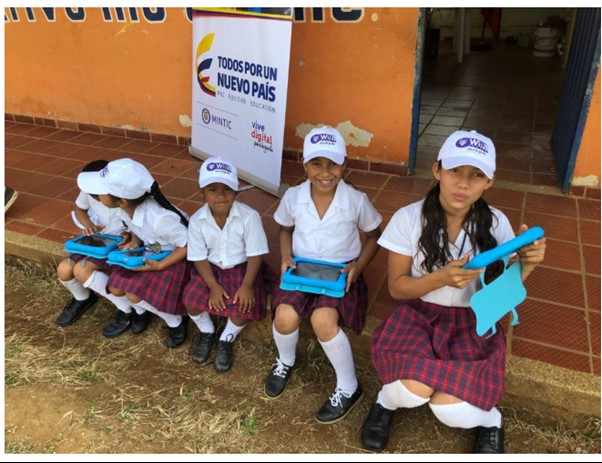
The initiative is having an impact. In Colombia, for example, a small project in the country’s rural, mountainous Meta region has extended internet access to coffee growers, helping preserve peace in a previously war-torn area. It’s shoring up emergency response capabilities in rural Washington State, bringing broadband to rural veterans through a partnership with the Department of Veterans Affairs, and more. And it’s bringing families and communities together during tough times, connecting people and helping local businesses.
[READ MORE: Microsoft Airband: An annual update on connecting rural America]
What technology is used as part of the Airband Initiative?
There is no one-size-fits-all technological solution to closing the broadband gap — laying fiber is not the best solution in rural areas where vast distances make that process prohibitively expensive. Instead, the program takes advantage of TV white space (TVWS) — the unused broadcasting frequencies between television channels. TVWS is cheaper and faster to deploy compared to traditional fiber, and it can travel long distances and transmit through forested terrain.
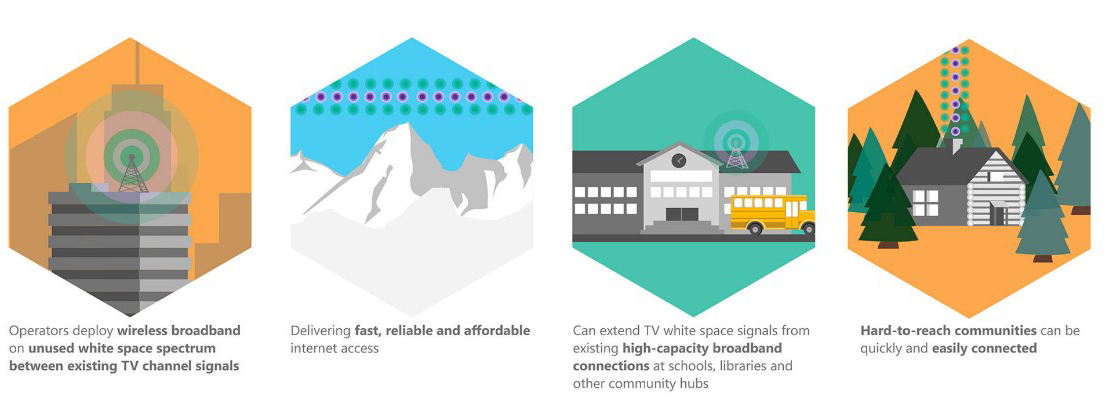
While the initiative works to connect rural and underserved communities to permanent broadband solutions, it is also addressing urgent need for action during the COVID-19 crisis. Microsoft is donating hotspots and wireless connectivity equipment and has also launched an initiative to help 25 million people worldwide acquire the digital skills needed in a COVID-19 economy.
What’s next?
Microsoft continues to partner with other tech companies as well as public officials at every rung of government to ensure everyone — no matter where they live — has access to reliable, affordable high-speed internet.
Like this article? Subscribe to Microsoft On the Issues for more on the topics that matter most. And follow @MSFTIssues on Twitter

